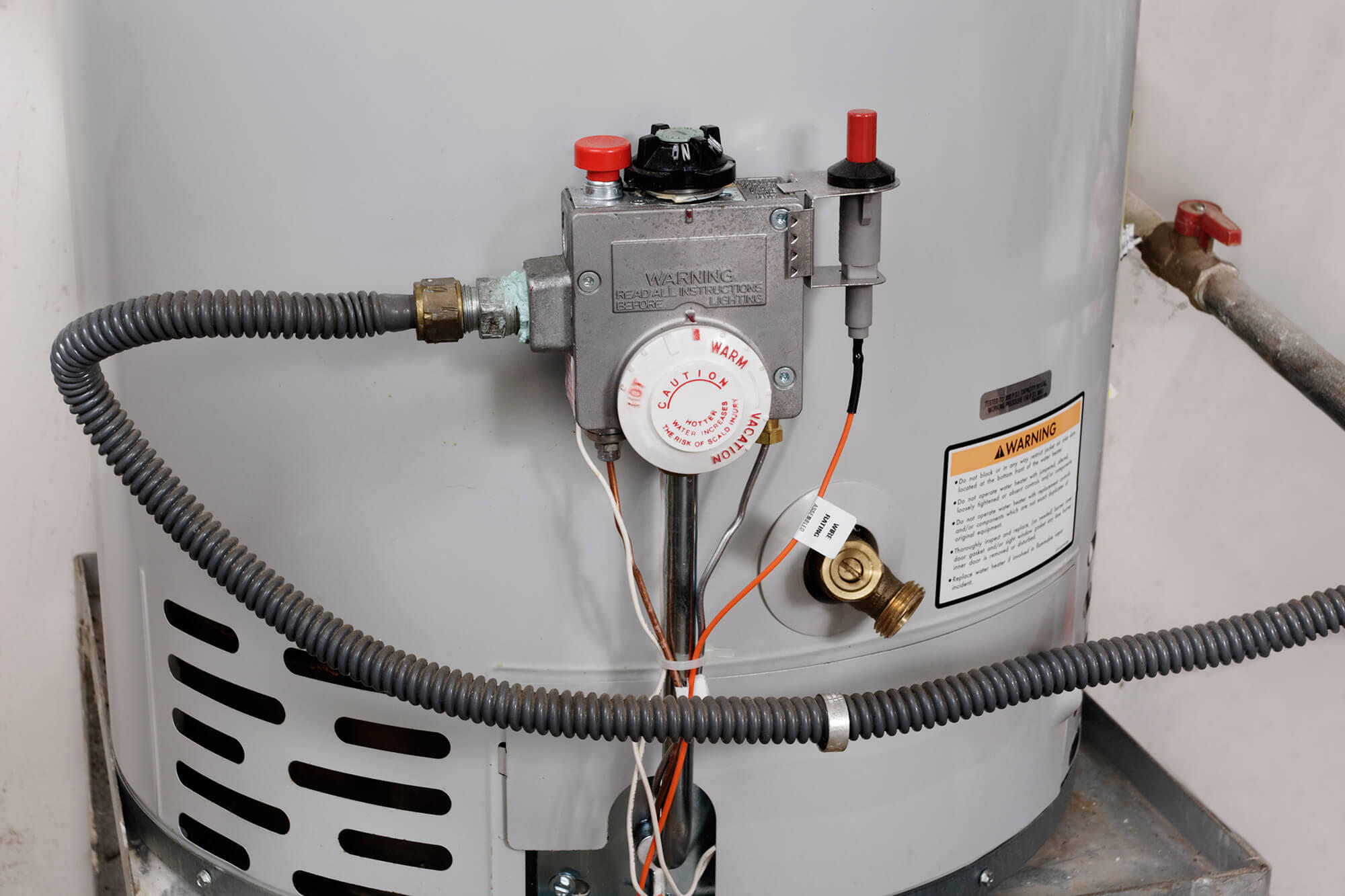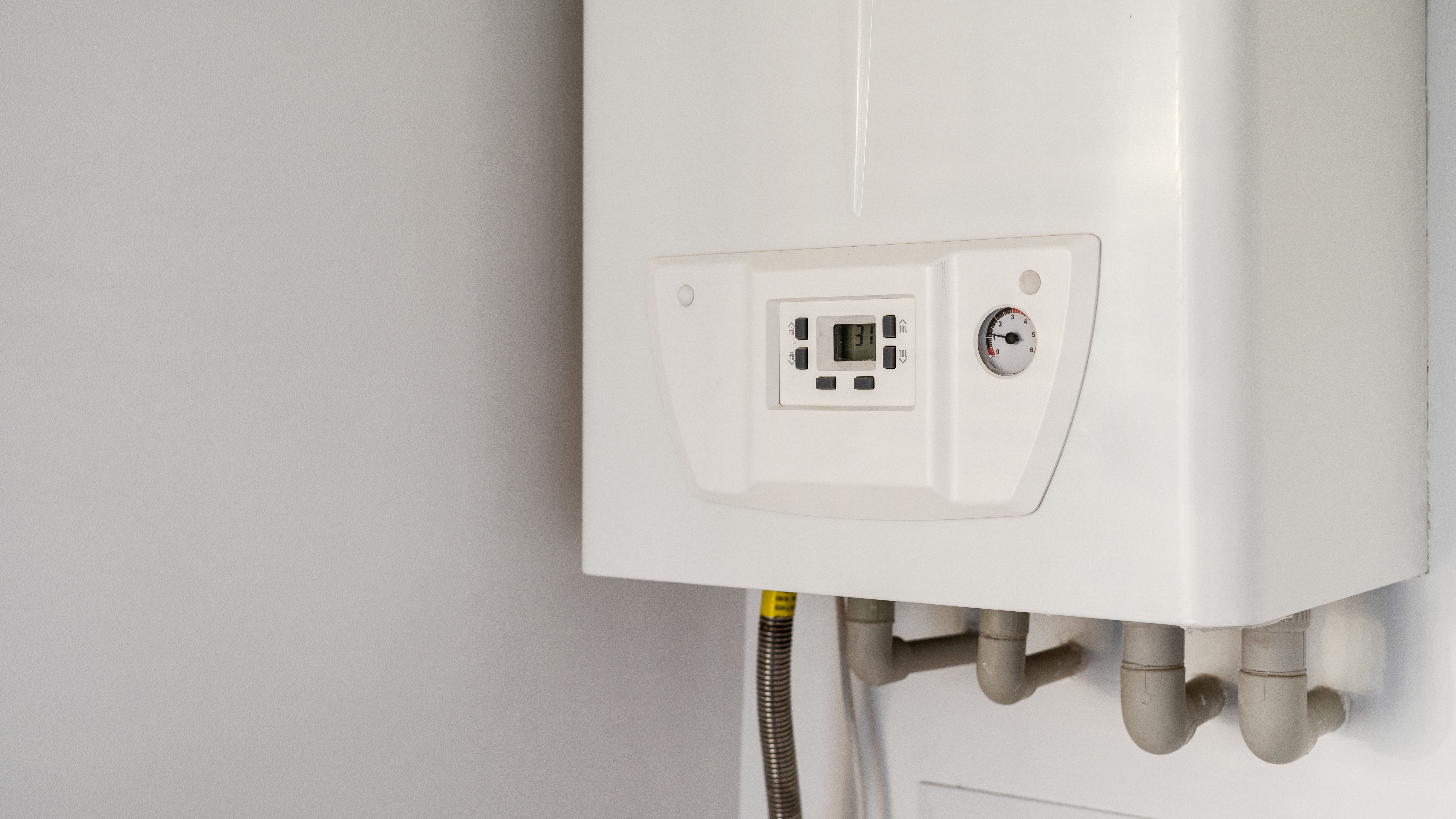
A coalition of energy efficiency advocates and two major water heater manufacturers recently submitted a joint recommendation to the Department of Energy (DOE) to significantly strengthen efficiency standards for residential water heaters. If adopted by DOE, the recommended standards would save more energy than any DOE standard adopted to date—cutting greenhouse gas emissions and other air pollutants while significantly reducing consumers’ energy costs.

Who submitted the joint recommendation?
Signatories to the joint recommendation include two of the largest water heater manufacturers (Bradford White and Rheem), energy efficiency organizations (American Council for an Energy-Efficient Economy, Appliance Standards Awareness Project, and Northwest Energy Efficiency Alliance), environmental advocates (Natural Resources Defense Council), and consumer advocates (Consumer Federation of America).
Why are new efficiency standards for water heaters important?
Water heating represents the second largest source of U.S. home energy use after space heating. Yet unlike for many other home appliances, the efficiency of residential water heaters hasn’t improved very much over the last 30 years. However, recent advances in technology—such as the introduction of heat pump water heaters—present huge opportunities to reduce water-heating energy use. A 2020 report by the Appliance Standards Awareness Project and the American Council for an Energy-Efficient Economy found that water heaters represent the greatest potential for carbon dioxide reductions from updated national efficiency standards.
Why is the joint recommendation a big deal?
As outlined in the joint recommendation, we estimate that the recommended standards would save 27 quadrillion Btu (“quads”) of energy from water heaters sold over 30 years, which would be about double the savings achieved by the largest energy-saving DOE standard finalized to date (for commercial rooftop air conditioners). For comparison, the entire U.S. economy consumes about 100 quads of energy per year. These energy savings would translate into hundreds of millions of metric tons of carbon dioxide emissions reductions—helping to meet U.S. climate goals—as well as reductions in other air pollutants, such as nitrogen oxides, that harm human health.
What would the recommended standards do?
Most electric water heaters sold today rely on consuming large amounts of electricity to heat the water through decades-old technology. The recommended standards would shift most of the market for electric storage water heaters away from this electric resistance technology to newer heat pump technology, which cuts energy use in half. The recommended standards contain exceptions to the heat pump levels for the smallest water heaters (30 gallons and below), for which heat pump technology hasn’t yet been introduced to the market. There is also an exception designed to accommodate “low-boy” water heaters, which are shorter and wider than typical electric water heaters and are designed to be installed in space-constrained applications, typically in multifamily buildings.
For gas storage water heaters, the recommended standards would reduce energy use by about 10% relative to models just meeting the current standards. Manufacturers would be able to meet the gas storage standard by reducing heat losses up the flue when the water heater isn’t firing. (An earlier DOE analysis found this efficiency level to be the highest cost-effective level.) For gas instantaneous (“tankless”) water heaters, the recommended standards would effectively require models to use condensing technology to capture more heat, saving about 15% of the energy used relative to the current standards. About half of current sales of gas instantaneous water heaters already meet the recommended standard levels.
What would this mean for consumers?
Consumers—in particular those purchasing electric water heaters—would see large utility bill savings as a result of the recommended standards. As outlined in the joint recommendation, for electric storage water heaters, we estimate that consumers would save $185 per year on average relative to the current standards. For gas storage and gas instantaneous water heaters, consumers would save $17 and $31 per year, respectively. These utility bill savings would particularly benefit low-income households, which spend three times more of their income on energy costs compared to non-low-income households. In addition, since landlords typically have no incentive to install efficient water heaters (the tenants usually pay the energy bills), renters, who are disproportionately low-income, would especially benefit from the recommended standards.
DOE’s March 2022 preliminary analysis for amended water heater standards found that the incremental up-front cost of heat pump water heaters would be paid back in electricity bill savings in about three years on average. DOE’s analysis also showed that the efficiency levels for gas storage and gas instantaneous water heaters that reflect the joint recommendation have payback periods that are significantly shorter than the average lifetime of a water heater.
What would this mean for electrification?
By largely shifting the electric water-heating market to heat pump water heaters, the recommended standards would help ensure that consumers switching from a gas water heater to an electric model get an efficient electric water heater that lowers their water-heating energy costs. In addition, the recommended standards have the potential to provide a significant boost to electrification efforts. Today, heat pump water heaters still represent a tiny portion of the market (2% according to ENERGY STAR® data) and are a premium product. The recommended efficiency levels for electric water heaters would effectively ensure that most models are heat pumps while allowing manufacturers to innovate and develop lower-cost heat pump designs intended for the mass market. This means that once the standards take effect, consumers looking to switch from a gas water heater will have a much wider range of heat pump options to choose from, including lower-cost models than those available today.
What’s next?
DOE is scheduled to issue a proposed rule for amended water heater standards in March. The joint recommendation is intended to inform DOE’s proposal. DOE will subsequently develop a final rule after considering comments submitted on the proposed rule. Any new standards would take effect five years after DOE publishes the final rule.





